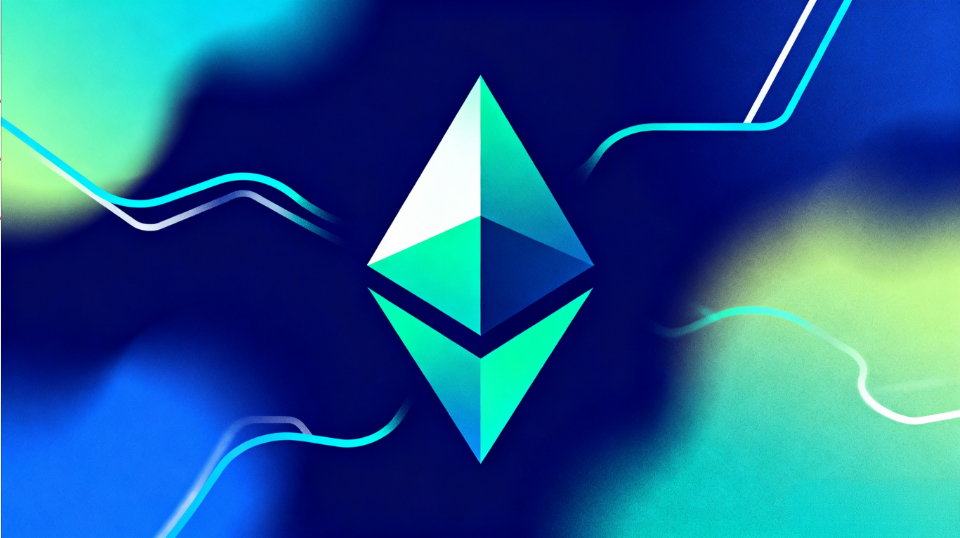
Ethereum developers have officially confirmed the mainnet hard fork date for the Fusaka upgrade, which will go live on December 3rd. This decision was finalized just two days after the Ethereum Foundation’s research team completed the deployment of the final testnet for Fusaka. During last Thursday’s All Core Developers call, foundation researchers announced that Fusaka would be launched as scheduled on December 3rd. This upgrade will bring multiple technical improvements, particularly enhancing the sustainability, security, and scalability of the base chain and the Layer 2 ecosystem.
The Fusaka hard fork is a major update aimed at further enhancing Ethereum’s network performance. The upgrade will be backward-compatible, meaning it will ensure existing applications and functionalities remain unaffected while introducing new improvements and optimizations. The upgrade includes approximately a dozen Ethereum Improvement Proposals (EIPs), with the most significant being the enhancement of network performance, especially in data access and processing.
One particularly noteworthy new technology is PeerDAS, which will be introduced for the first time in Fusaka. The goal of PeerDAS technology is to improve validators’ data access efficiency, significantly reducing latency during data verification and enhancing the overall speed and stability of the network. Initially, PeerDAS was planned to be included in Ethereum’s Pectra upgrade in February of this year, but due to testing requirements, it was delayed and is now part of Fusaka. The introduction of this technology is regarded as a critical step in Ethereum’s long-term development, highlighting its focus on more efficient data management and verification mechanisms.
In addition to PeerDAS, Fusaka will bring significant improvements in other areas. One important change is the substantial increase in Ethereum’s block gas limit, rising from the current 30 million units to 150 million units. This change is expected to greatly increase block capacity, reduce transaction congestion, and lay the foundation for network scalability. Furthermore, Fusaka is expected to quickly double Blob capacity in the future, meaning more data can circulate within the Ethereum network, further enhancing its processing capabilities.
These improvements will not only boost Ethereum’s processing speed but also maintain its strong competitiveness in terms of security and decentralization. The goal of the Fusaka upgrade is to ensure that Ethereum continues to be one of the world’s leading decentralized platforms while adapting to the ever-evolving blockchain ecosystem and user needs.
Overall, the launch of Fusaka represents a significant evolution for the Ethereum network, particularly in improving network efficiency and scalability. By introducing advanced technologies and optimizations, Ethereum will provide global users with a more stable and efficient blockchain infrastructure. Both developers and users are highly anticipating this upgrade, believing that Fusaka will inject new momentum into Ethereum’s future development.
















